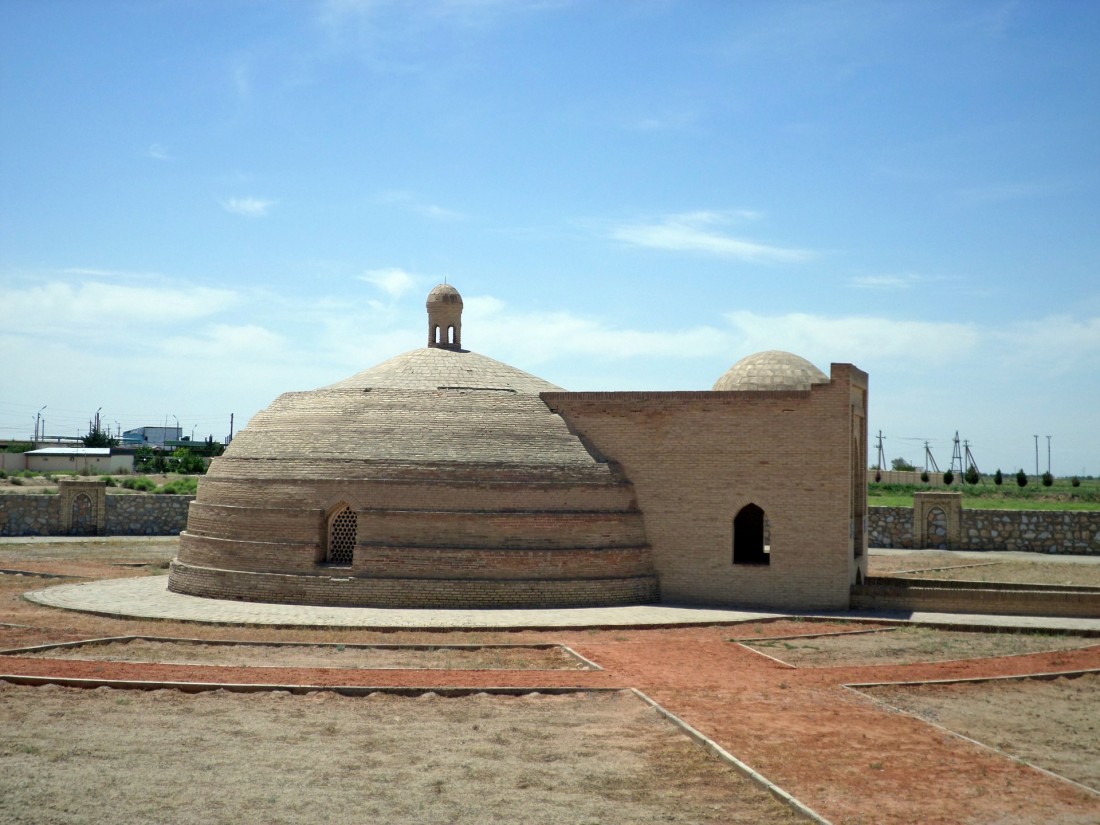Water is a necessary life source. In ancient times, the inhabitants of Central Asia, who lived far from water sourses, always knew this postulate, appreciated and carefully treated this source.
The inhabitants of the steppe and desert zones of present-day Uzbekistan in ancient times used special facilities for collecting and storing fresh water, which nature gave them itself. Such structures had a common name - sardoba, which translated from Persian as "cold water".

The structures were cultivated from burnt bricks in the form of small hills. In ancient times, sardobas served as places where travelers or caravan traders stopped.
To this day in Uzbekistan, sardobas - rainwater and meltwater catchments - have been preserved in the arid zones of Bukhara, Kashkadarya, Navoi, Jizzakh, Syrdarya regions.
Sardobas were specially located in places with low relief – to collect water left over from rain and glaciers. For the same purposes, special water intake holes were installed at the base of the dome.
Most of the sardobas found on the territory of Uzbekistan are located in the Bukhara oasis. The largest and oldest reservoir is Sardoba near the Rabat-Malik caravanserai.
Sardoba Rabati Malik was built in the XI century to supply the caravanserai of the same name. Sardoba has a reservoir 13 meters deep, and the dome on top was 12 meters. There is a special ramp to the water from the portal entrance, in the form of a ramp. Sardoba was filled with water coming from the Zarafshan River through an underground channel that had access to the surface through a network of wells.
Thanks to such a hydraulic structure, local residents and passing merchants can stop here, to relax and quench their thirst.
Comment